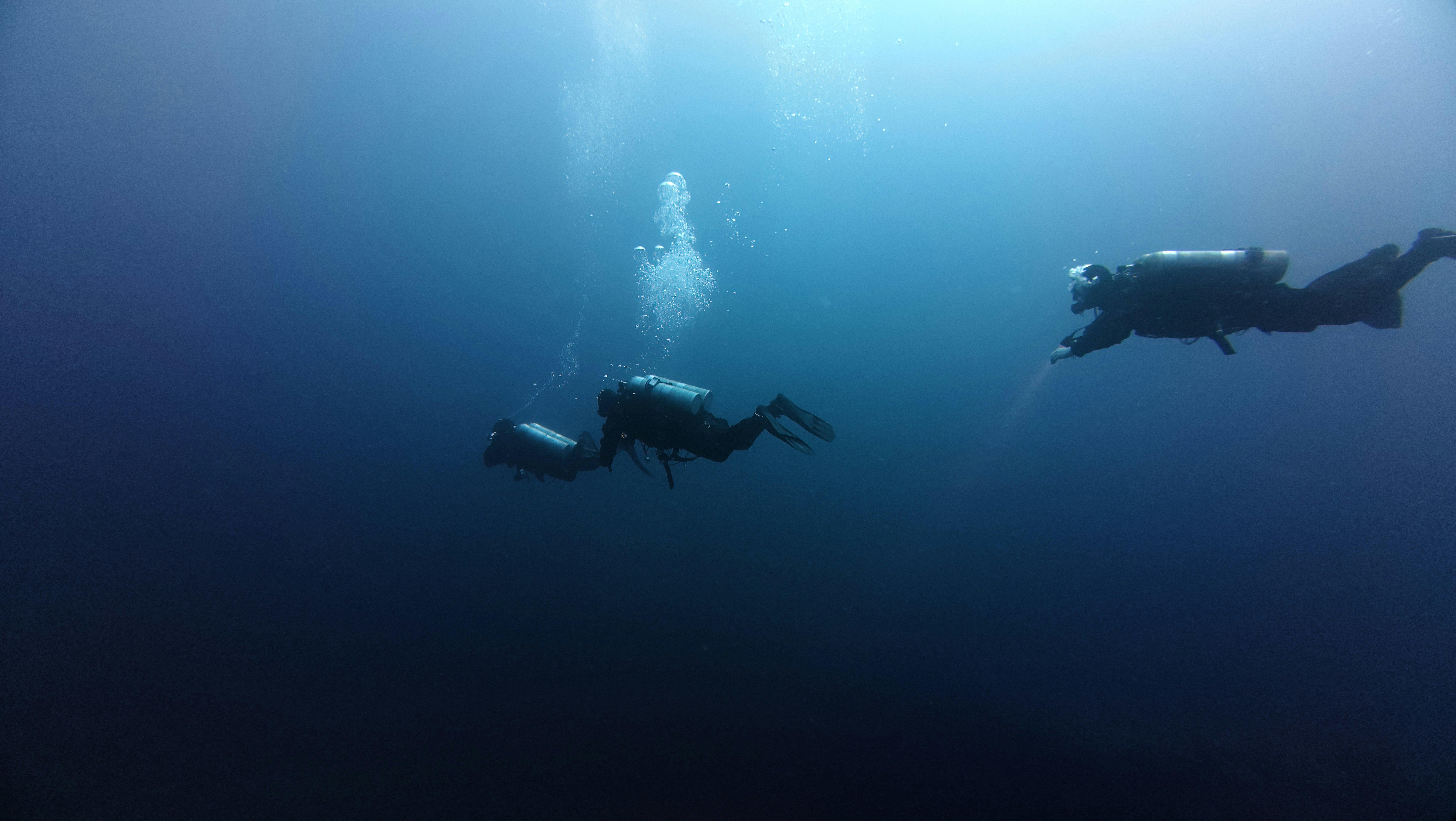The Thrilling World of Underwater Hockey
Underwater Hockey is a fascinating sport that has been captivating the hearts of thrill-seekers and sports enthusiasts alike. This article delves deep into the origins, evolution, current trends, benefits, challenges, and real-world applications of this unique sport. It provides a comprehensive analysis of Underwater Hockey, backed by expert insights and research, offering a fresh perspective on this intriguing discipline.

A Dive into History
Underwater Hockey, also known as Octopush, was first played in England in the early 1950s. The sport was initially created to keep the members of the Southsea Sub-Aqua Club active during the winter months when diving conditions were not optimal. Over time, the sport gained recognition and started to spread across the globe. By the 1970s, Underwater Hockey was being played competitively in several countries, and by the 1980s, the first world championships were held.
Making Waves: Current Trends in Underwater Hockey
Today, Underwater Hockey continues to grow in popularity, with competitive leagues and tournaments taking place worldwide. The sport is especially prevalent in countries like Australia, New Zealand, and South Africa. The adoption of Underwater Hockey at a grassroots level, particularly in schools and universities, has been a significant trend, promoting the sport to younger generations.
Deep Dive: Analyzing the Sport
Underwater Hockey is a challenging sport that requires a unique blend of skills, including swimming, diving, and puck handling. Players must be able to hold their breath for extended periods while maneuvering the puck towards the opponent’s goal. The sport tests an athlete’s endurance, agility, and teamwork skills, making it a dynamic and exciting discipline.
The Ups and Downs: Benefits and Challenges
One of the key benefits of Underwater Hockey is the full-body workout it provides. It also sharpens mental agility due to the strategic elements involved in the game. However, the sport also presents several challenges—it requires specialized training and equipment, and athletes must overcome the physical discomfort associated with prolonged underwater activity.
Real-World Applications
Underwater Hockey has found practical applications beyond the sports arena. For instance, it’s used in military training to improve the endurance and underwater skills of soldiers. Similarly, it’s used in rescue training programs to enhance the abilities of lifeguards and rescue divers.
In conclusion, Underwater Hockey is a captivating sport that combines strength, skill, and strategy. Its unique nature and the challenges it presents offer an exciting alternative for those looking for a sport outside the mainstream. As it continues to gain popularity, it’s clear that Underwater Hockey is making a deep impact in the world of sports.




